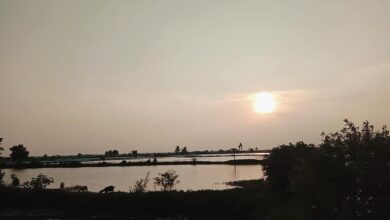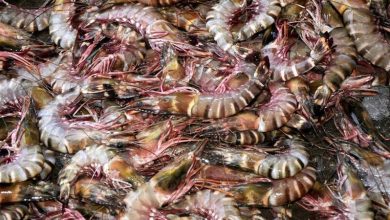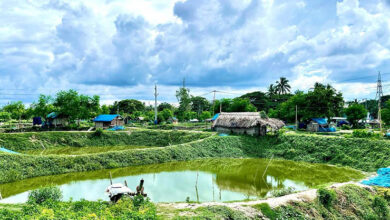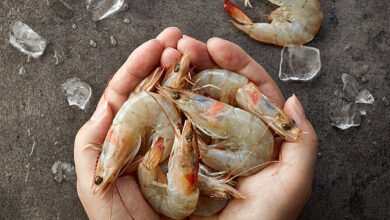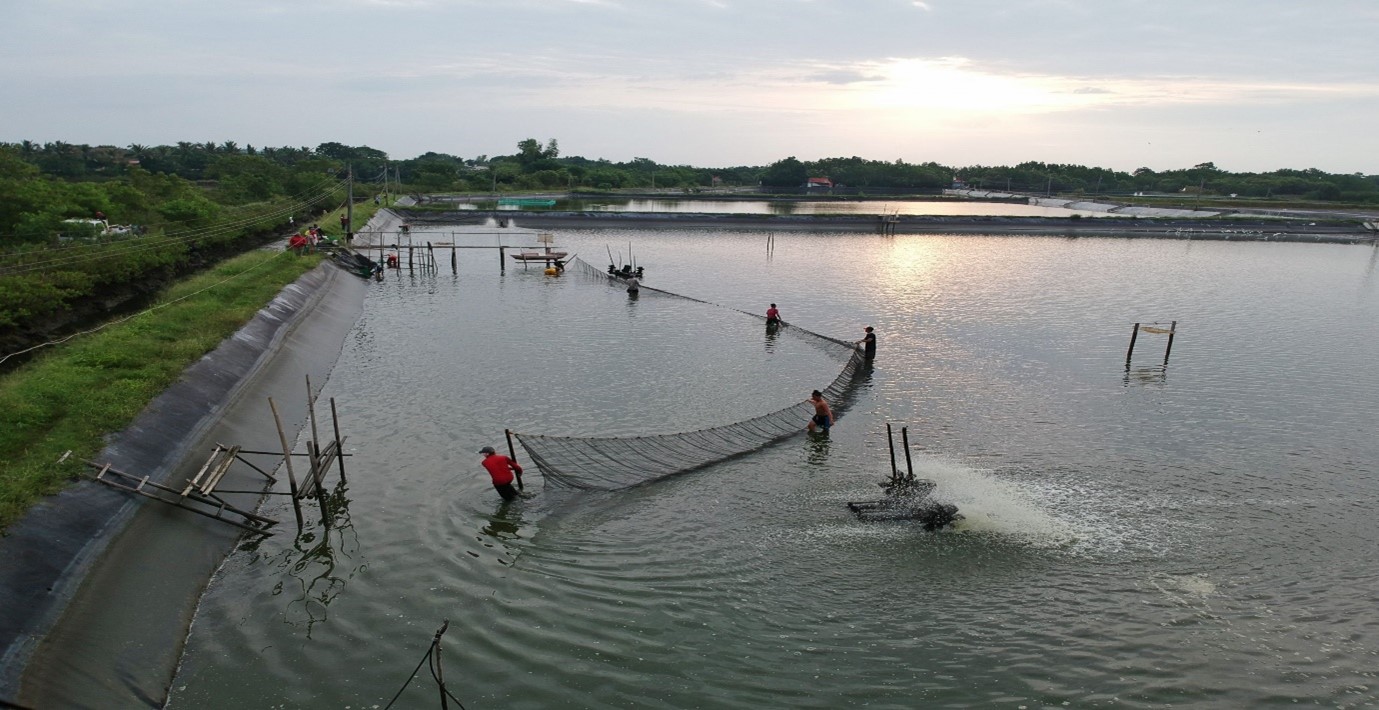
The Asian Development Bank (ADB) has approved a USD 93 million loan to improve production by Indonesian small shrimp farmer in 7 provinces. Bali, Banten, Central Java, East Java, Lampung, Nanggroe Aceh Darussalam, and South Sulawesi are the seven provinces included in this Infrastructure Improvement for Shrimp Aquaculture Project.
About 1.32 million ha are used for aquaculture in Indonesia. Of this area, 54.15% is made up of brackish water ponds that are managed by 857,151 farmers. Only 24.25% and 21.62% are used for freshwater and marine culture, respectively. Even though there were some changes, shrimp production went up between 2008 and 2019.
In 2008, a total of 409,590 tons of shrimp were produced. In 2009, that number went down to 338,060 tons, but it slowly went back to 932,698 tons in 2018.
Even though there is much space for shrimp farming, this growth has been slower than expected. In 2018, the Ministry of Marine Affairs and Fisheries expected to harvest a total of 1,134,700 tons of shrimp. However, only 82.2% of that goal was met, primarily because shrimp farms kept failing. Experts indicate that diseases were the main reason why shrimp production dropped.
Early on, white leg shrimp had an abdominal segment deformity disease (ASDD), which can lead to high mortality. Also, viral diseases like monodon-type baculovirus (Penaeus monodon or MBV) and white spot syndrome virus (WSSV) are very dangerous for production too. Some reports claim that disease outbreaks also cause financial problems for Indonesian shrimp farmers.
The Indonesian shrimp industry is hampered by low productivity and quality. Other problems for Indonesia in the global shrimp market are low marketing efficiency, a limited port for shipping, and a lack of optimal government policies to improve productivity and quality. Currently, shrimp farming is seen as a high-risk business because shrimp prices are unstable and diseases cause a large number of shrimp mortality in Indonesia.

Therefore, it is expected that the project will increase access to quality inputs, productivity, post-harvest practices and accountability for smallholder farmers through investments in climate-adaptive infrastructure, capacity building, and supply chain strengthening. The initiative will also assist in the transmission of expertise to the Ministry of Marine Affairs and Fisheries about the production of high-quality genetic shrimp fry in an effort to lessen dependency on imported brood stock.
According to Eric Quincieu, who is ADB’s chief water-resources specialist for South-East Asia, noted that Indonesia is one of the major exporter in the worldwide shrimp industry with an 8.7% market share, making it among top 5 shrimp exporter to the European Union, Japan, and the United States.
“Through ADB’s support, we anticipate that sustainable aquaculture techniques would help minimise pressure on ecosystems while enhancing output,” said Eric Quincieu in a Thursday ADB statement (Dec 15).
The enhanced infrastructure and capabilities will assist around 5,200 smallholder farmers, including over a thousand women farmers. Improved access to quality inputs and skill-building programs on sustainable and climate-adaptive aquaculture would help around 35,000 smallholder farmers, including roughly 7,000 women. Additionally, the initiative will support the recovery from the COVID-19 pandemic by creating job possibilities and fostering rural entrepreneurship.
The project is in line with the government’s National Medium-Term Development Plan, 2020–2024 and ADB’s country partnership strategy for Indonesia, 2020–2024, and its Action Plan for Healthy Oceans and Sustainable Blue Economies.
Jaber Bin Abdul Bari
Dept. of Fisheries and Marine Science, NSTU

